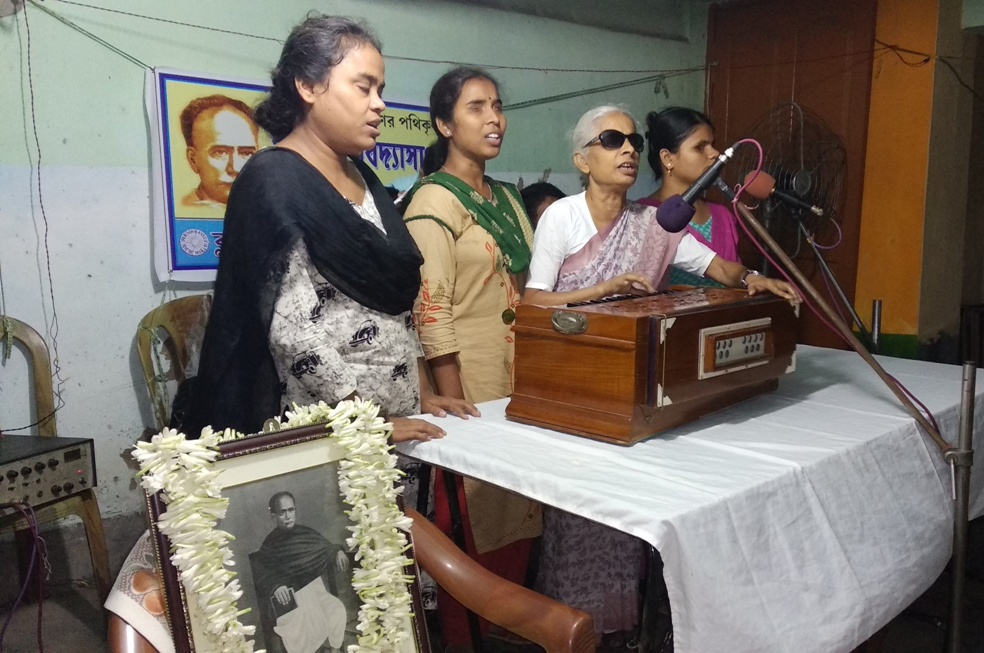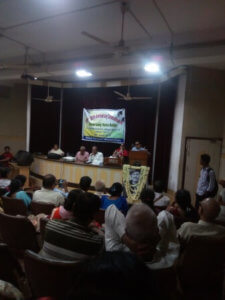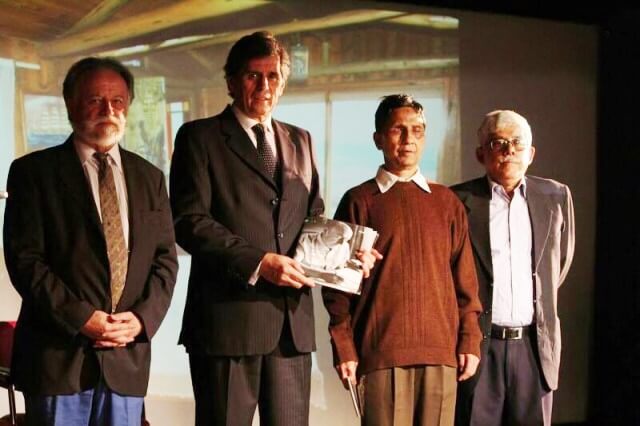Book Details
| Book Title | ClifssNotes on Joseph Conrad’s Heart of Darkness |
| Genre | Literature Study Guide |
| Editor | CliffsNotes |
| Language | English |
| Media | Braille |
| Price | INR 96 |
Heart of Darkness, a small novel by Joseph Conrad (December 3, 1857, August 3, 1924), is studied in many colleges. We are happy to compile in Braille ClifssNotes on Joseph Conrad’s Heart of Darkness for visually impaired students. The novel first appeared in serial form in 1899 in Blackwood’s Magazine. This is more or less a Braille copy of the text available at CliffsNotes Literature Guide. We have, however, omitted the Character Map and the Geographical Map in the Braille edition due to technical difficulties. This one-volume Braille books is available for INR 96. Students may purchase at INR 10 only. Interested students may check our Catalogue of Braille Books for details.
About Heart of Darkness
Heart of Darkness tells us how Marlow came to Belgian Congo as an ivory transporter and the experiences he gathered while searching up the Congo river for Kurtz, another ivory agent. Marlow is shocked to see what the European traders have done to the natives of Africa. This is not just a narration of the struggle between savage aborigines and civilized Europeans. Both Marlow and Kurtz realize the horrors. Hunt for ivory is the only goal the company, the “emissary of light” understands.
Joseph Conrad explores the inner recess of uman heart in Heart of Darkness. Francis Ford Coppola’s 1979 film Apocalypse Now was based on Conrad’s novel, although the setting is the jungle in Vietnam during the Vietnam War. Like Conrad’s novella, the film tries to explore the darkness inherent in the hearts of the soldiers fighting as agents of the imperial forces. Conrad’s exploration of colonialism inspired Coppola’s vision of imperialism in the film; it shows to the readers that the same racism persists, unaffected by change of time and place.
The novel Heart of Darkness is important for its narrative technique. The author has used a frame story, story within story, perhaps to make the meaning more mysterious. He might have wanted his readers to explore deeper and deeper into the darkness of human hearts that requires measured unfolding of the story.









